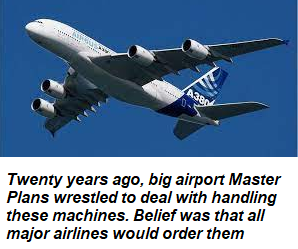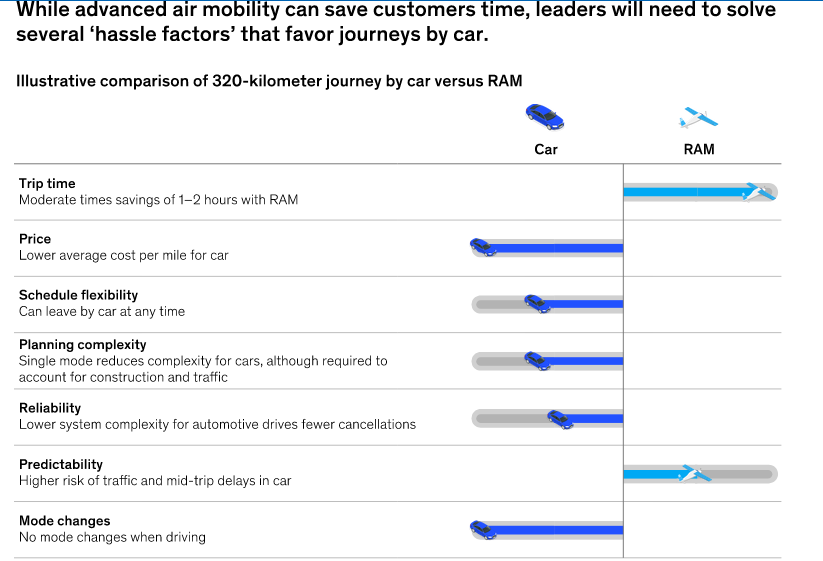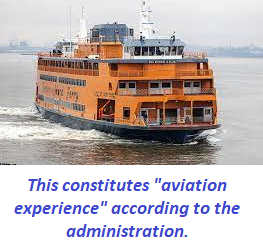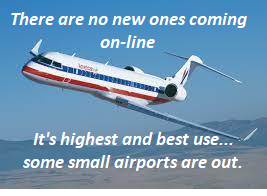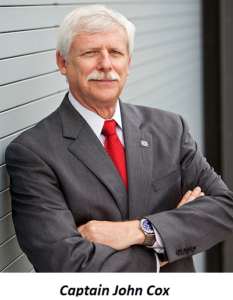The FAA Reauthorization –
Defrauding Small Communities of The Truth
Yes, I know.
Virtually every aviation alphabet organization, labor union, and random association within a couple of zip codes of an airport have come out lauding the wondrous work done by the respective congressional committees on FAA Reauthorization.
Come on. Let’s face realities. Most of these organizations have no choice but to generally applaud what powerful politicians propose. It’s the nature of the system. Understandable.
It is unless there are major problems that need to be addressed. And that’s the case here.
Charlatan Solutions, Sloppy Work. When it comes to the Small Community Air Service section of the Senate bill, it has lift-off into fantasy. It would be refreshing to see somebody in aviation at least question the nonsense these politicians are peddling. In fact, in all the searches done, there isn’t one mention by any organization regarding the Small Community Air Service section. They babble and gush about other parts of the bill, but not the air service section.
It’s a major issue, and yet the silence is deafening. The likely reason is that most readers can tell right away that the Small Community Air Service section is nonsense.
So, let’s put out some truth about this section of the bill. It’s not politically correct. But it is the truth.
There were some variances in the Senate and House versions. But when it comes to Small Community Air Service, these politicians in both houses have shifted completely into ethical good-bye gear. It is not acceptable to proffer legislation on matters they obviously know nothing about.
No Attempt To Address Air Transportation Realities. The Senate committee has spewed out glowing descriptions of how the bill will be the magic for small community air service. But for anyone with modicum of knowledge of air transportation, this missive descends into a disgusting wallow in slapdash inaccuracies concocted by politicians who know nothing about aviation, and worse have no problem misleading the American people.
Instant Solutions. Just Add Money. The magic elixirs of rural air service: more EAS money, and more funding for the Small Community Air Service Development program, a cadaver that never has really worked for small communities, anyway.
EAS Is Not A National Solution. And SCASD Is Now A Pathetic Misfire. In short, these irresponsible politicians are lying to the public by maintaining that just tossing money at expanding EAS, and also adding dough to the now useless Small Community Air Service Development program will bring out a “variety” of airlines to serve local airports at small communities.
It is disgraceful that they made no effort to learn about air service and consumer realities. No understanding of what “air service” is, or how EAS is a only a limited tool, not a magic cure, based on today’s fleets and airline players. There is indeed a role for the EAS system. But these guys don’t know what it is.
Legislation Based On Ignorance. This bill has no understanding of the difference between “air access” and just having airplanes at a rural gate. Not a clue about airline fleets or capabilities. No understanding of consumer trends or the truth that often air service at an alternative larger airport is more time-efficient than a couple flights at the local aerodrome.
If these Senators were doctors, they’d be in jail for malpractice.
Coming This Friday, June 23: A Video Covering The Facts. Clear your calendar. We’ve decided to do what other consultants avoid: telling the facts about small community air service, about the realities facing these airports, and then outline the policy changes needed.
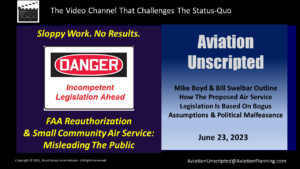 This Friday will be a special edition of Aviation Unscripted™, our growing video channel.
This Friday will be a special edition of Aviation Unscripted™, our growing video channel.
The “we” will be Bill Swelbar and myself. Most folks know that neither of us suffer fools gladly and as far as rural air service is concerned, these politicians are a latter-day version of The Gong Show. (Google it, if you must.)
Swelbar-Zhong has done extensive research on small community air access. The data are unshakable – the current policies are completely obsolete and not based on the real world. In addition, BGI has extensive experience with the SCASD program. In fact, we earned over $20 million for our clients in the early years. But we know how changes in air transportation have relegated it to being useless.
Preview of Bad Policy. As a hint of what to expect, let’s go over the four key points the Senate folks are trying to put over on the US public.
Bogus: “Bringing More Air Service to Rural and Underserved Areas”
This is based on complete hype. Won’t happen. They are claiming that all small communities must have local air service, or economic disaster will ensue. Not a shred of facts. No understanding of air service access realities or of the air transportation industry,
Instead, they deliver the dishonesty that more EAS gelt will save the day. At Aviation Unscripted™ Bill and I are going to inject an antidote to this nonsense. It’s called facts.
Assumes Airlines That Don’t Exist: “Broadens Eligibility Requirement for EAS Airlines.”
They’re implying that there are lots – in their words, a “variety” – of airlines ready to serve small communities just as soon as EAS funding goes up and certain other changes are made.
Remember, these politicians think “air service” is fundamentally the same as stringing an extension cord into the electrical grid, or running a pipe to the sewer main. Just get “flights” at the local airport, and voila! the community is connected to the world.
This is completely irresponsible. Not sure what planet they are on. We’ll do a solar map check on Friday.
Then, Threaten Those Airlines That Don’t Exist: “Protects Service to Small Airports.”
With this “protection” they are dishonestly implying that some carriers have arbitrarily dropped EAS markets, and in the future, once awarded, airlines will be prohibited from getting out of a contract, regardless. We’ll talk on Friday about just how this ought to have their fantasy “variety” of airlines just come a-runnin’ to get snared into EAS contracts like this.
Total Ignorance: “It Funds Needed Service Improvements for Small Airports.”
Seems that these senators have stumbled across the “Small Community Air Service Development Program” and are telling us that it brings air service to, well, small communities. They are completely ignorant. Today, the SCASD program is almost totally useless, particularly for what anyone awake and sober would define as a “small community.”
They probably don’t know that the SCASD program over the past 10 years has done virtually nothing – nothing – for the truly small communities these politicians think will be beneficiaries of a peanut award budget of $20 million.
To be clear, the SCASD program has been great and beneficial for airports that are not actually serving anything vaguely close to being a “small community.” Albany, Spokane, Sarasota are examples. But it’s been a dud in attracting true lasting connectivity to legitimately rural and small airports. Reason: the SCASD program is based on appalling misconceptions of the economics and structure of today’s air transportation.
But, see, the name is “Small Community Air Service” and that’s as far as the numbskull staffers in Senator Snort’s office went in their research.
Join Us This Friday For Facts. In summary, what these proud bipartisan politicians are proposing just panders and misleads the nation from seeking future solutions.
What the nation needs is an honest and complete program that recognizes that scheduled air service is a lot more than a couple of departures at the local airport. ‘Course, this type of dishonest legislation will probably go into effect. But it’s critical that honest folks in aviation are not misled that it’s a solution.
Join Bill and I on Friday – bookmark the link and take a look at our channel by clicking here.

